Caral-Supe
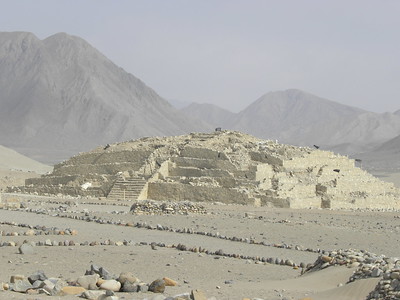
The Sacred City of Caral-Supe reflects the development of civilization in the Americas.
This archeological site of an urban settlement, constructed between 3000 and 1800 BCE, belonged to the complex and fully developed Supé-state. The structures were mostly made of stone, with some woodwork. The site consists of the upper half and lower half of the city with monumental platforms, the outlying sector with residential units and the archeological site of Chupacigarro.
Community Perspective: This is a huge complex in an impressive landscape. It is most often reached from the nearby city of Barranca, but allocate half a day to get there and enjoy the site in its full glory.
Cidade Velha
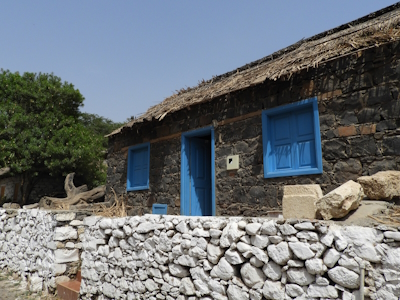
Cidade Velha, Historic Centre of Ribeira Grande, was a Portuguese colonial settlement that played an important role in the maritime trade of enslaved persons and goods between Europa, Africa and America.
The enslaved were also used to further develop the local colony, which resulted in the birth of Creole culture. Surviving monuments in Cidade Velha from that period include the oldest colonial church in the world, constructed in 1495, and Pillory Square with its ornate 16th-century marble pillar.
Community Perspective: situated on Cabo Verde’s main island Santiago and only 15kms outside of the current capital, the town is easy to reach. Reviewers found no great deal to see, the best-preserved monument being the Fort Real of Sao Filipe, and compared the atmosphere to “a sleepy African, or perhaps more specifically, Brazilian village”. Els explored the Ribeira Grande Valley, also part of the inscribed site, on foot.
Dolomites
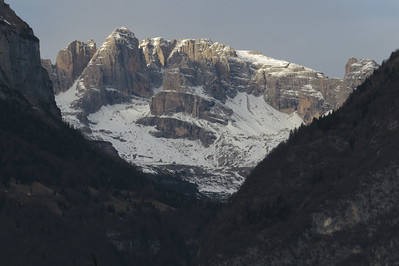
The Dolomites comprise a limestone mountain range of exceptional beauty that is an object of scientific study for its geomorphological and geological values.
The attraction of its “dolomitic landscape” lies in the great diversity of colours and dramatic landforms such as steep cliffs, pinnacles and ravines. Geologists value its “fossilized atolls” from the Mesozoic when this was an area full of marine life.
Community Perspective: The Dolomites are unique among the alpine landscapes and most of the 9 included areas are popular tourist attractions. Hubert has highlighted some of the rewarding hiking tours you can do here. Driving around and stopping for the views, like John did, can be rewarding as well.
La Chaux-de-Fonds / Le Locle
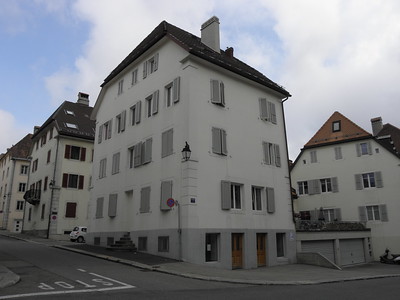
"La Chaux-de-Fonds / Le Locle, watchmaking town planning" refers to the twin towns that are the center of the Swiss watchmaking industry.
Their city layout of parallel strips of houses and workshops was completely set up for the single goal of manufacturing from the end of the 18th century. Safety, health and fairness were the guiding lights. The watchmakers’ houses generally were austere buildings. At the end of the 19th century, the vogue for Art Nouveau added discreet touches of exuberance.
Community Perspective: There’s nothing spectacular to see here. The smaller Le Locle seems to be the best choice of the two.
Mount Wutai
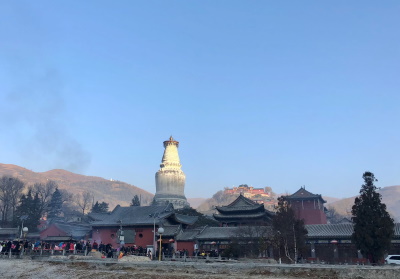
Mount Wutai is one of the Four Sacred Mountains in Chinese Buddhism.
The mountain with its over 50 Buddhist monasteries, pagodas and statues was inspired by Tibetan Buddhist ideas from Nepal and Mongolia and has become a place of pilgrimage. It is home to some of the oldest existing wooden buildings in China that have survived since the era of the Tang Dynasty (618-907).
Community Perspective: “Wu” means five, and this mountain range has five peaks so it takes a while to visit (most people only visit one) and the entrance fees add up. Dwight has reviewed the Great East Hall of the Foguang Temple, one of China’s oldest wooden buildings.
Pontcysyllte Aqueduct and Canal
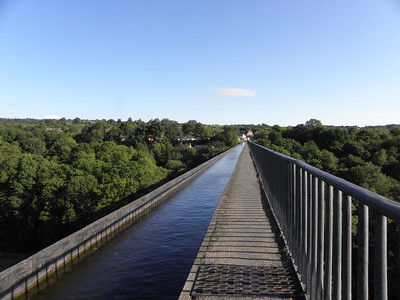
The Pontcysyllte Aqueduct and Canal comprises an 18km stretch of canal including a navigable aqueduct that is considered a masterpiece of civil engineering during the Industrial Revolution.
It was built by Thomas Telford and William Jessop, and completed in 1805. Innovative metal (cast iron) was used for the trough, while the pillars are made of brick. The aqueduct carries the Llangollen Canal over the valley of the River Dee in northeast Wales.
Community Perspective: Impressive for its height. It can be crossed on foot using the walkway next to the canal. Tsunami has described his visit to one of the additional components, Horseshoe Falls, and Squiffy covered Chirk.
Royal Joseon Tombs

The Royal Tombs of the Joseon Dynasty were built at scenic locations to honor the dynastic ancestors.
The tombs dating from the period 1408-1966 were used for Joseon Dynasty kings and their consorts. They lie in a setting shaped by the geomantic principles of pungsu and are part of a living tradition of ancestral worship. The tombs are all burial mounds with associated buildings such as wooden shrines, the royal kitchen and the guard's house.
Community Perspective: Dongguerung is an easy and lovely site to visit from Seoul and is ranked first by Kyle who has visited 13 out of the 18 inscribed clusters of tombs. The cluster near Seoul's Seollung subway station is an even easier ‘tick’.
Ruins of Loropéni
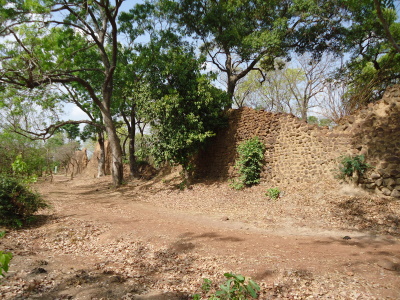
The Ruins of Loropéni are the stone remains of a 1,000 years old fortified settlement that came to play an important role in the trans-Saharan gold trade.
This was part of a network of settlements that linked the gold mining sites with the Atlantic coast. Gold was mined here from the 14th to the 17th century, and probably started as early as the 11th century. The site, mainly consisting of ruined walls, has been out of use since the 19th century and is overgrown with trees.
Community Perspective: Massimo describes a visit in 1996 when the use of the walls was left unexplained and there was no warden or ticketed entry. Jarek approached by public transport in 2014, found them well-marked and had to pay a fee.
Shushtar
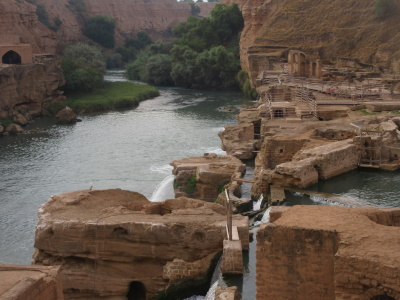
The Shushtar Historical Hydraulic System comprises a complex irrigation system from the Sassanian era.
The system dates from the 3rd century and consists of the diversion of rivers into canals and large weir dams for land development. The water was both for agricultural irrigation and domestic use, it was distributed via a network of underground channels (qanats).
Community Perspective: There are 13 named points of interest here within one core zone. Only the “Waterfalls and Mills area” requires an entrance fee, which is also the most recommended to visit.
Stoclet House
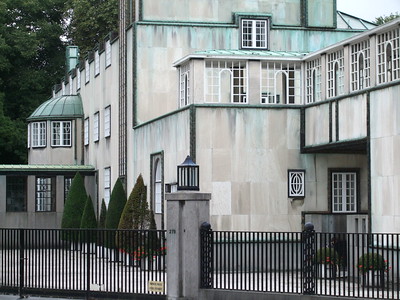
The Stoclet House is a private mansion designed by architect Josef Hoffmann and the Wiener Werkstätte between 1905 and 1911.
It was built for banker and art lover Adolphe Stoclet. He gave them an unlimited budget and an artistic freehand. The integration of architects, artists, and artisans of the Wiener Werkstätte makes it an example of Gesamtkunstwerk, one of the defining characteristics of Jugendstil. Although the marble-clad facade is radically simplified, the house contains commissioned works by Gustav Klimt in the dining room, four copper figures at the top by sculptor Franz Metzner, and other craftwork inside and outside the building. Expensive materials were used all over, like Norwegian marble, gilded material and leather.
Community Perspective: the only thing that can be seen is the austere exterior (you actually look at the back of the house) and it is possible to take photos from different angles from the sidewalk. However, as with the nearby works of Victor Horta, the interior is what makes this house so incredible; hopefully, in the near future, the owners will decide to open parts of this WHS to the public.
Sulaiman-Too
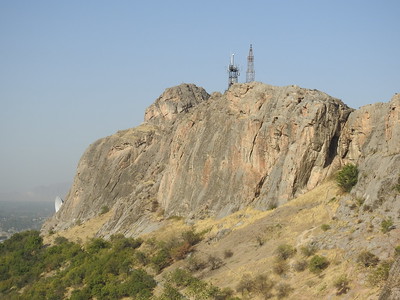
Sulaiman-Too Sacred Mountain is a sacred mountain originating from pre-Islamic times.
The cult practices for mountain worship have been continuing here for thousands of years, and have been absorbed by Islam. The mountain has a height of ca. 200m and overshadows the city of Osh. On it, Stone and Bronze Age settlements, petroglyphs, ritual sites and Islamic buildings can be found.
Community Perspective: the walk on the network of traditional pilgrim paths is considered enjoyable, and you will meet many locals doing their daily rounds and seek for blessings. However, the Soviet-style museum carved into the mountain is disturbing and the petroglyphs are damaged by graffiti.
Tower of Hercules
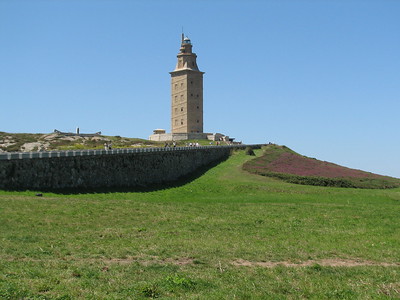
The Tower of Hercules is a lighthouse of Roman origin that is still in use.
The tower protects Western Europe’s Atlantic sea route. The Romans constructed the Farum Brigantium at the end of the 1st century AD. Its use was not continuous, during the Middle Ages it fell into disrepair and major reconstruction work was done in the 18th century. Its current form is in the neo-classical style and preserves the central core of the original Roman monument.
Community Perspective: The lighthouse has a rather remote, fine natural setting on a peninsula filled nowadays with sculptures and works of art. It can be climbed to the top.
Wadden Sea
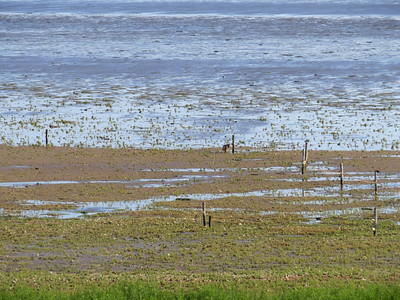
The Wadden Sea is a shallow body of water with tidal flats and wetlands, rich in biological diversity
The area is typified by extensive tidal mud flats, deeper tidal creeks, and transitional zones between the sea, the freshwater environment, and the surrounding (is)lands. Its coastal wetlands are considered one of the most important areas for migratory birds in the world, with an average of 10-12 million passing through them each year.
Community Perspective: the site comprises 7 components and different national parks (the bigger islands mostly aren’t included). Reviews are available for places in the Netherlands (John, Clyde, Chris, Els, Bernard), Germany (John, Ian, Michael, Nan) and Denmark (John). The ‘proper’ way of exploring the Wadden is via a mud hike like the ones Kbecq, Assif and Nan reported on.
Extended Sites in 2009
Royal Saltworks of Arc-et-Senans
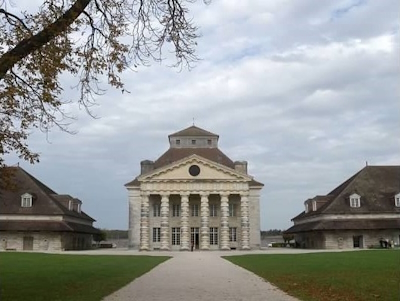
"From the Great Saltworks of Salins-les-Bains to the Royal Saltworks of Arc-et-Senans, the production of open-pan salt" represents the extraction and production of salt from the Middle Ages to the 20th century.
The Royal Saltworks of Arc-et-Senans was an early Enlightenment architectural project to rationalize industrial buildings and processes. They were connected by a pipeline to the older saltworks of Salins-les-Bains, where salt was retrieved from deep underground.
Community Perspective: This is one of the more imaginative WHS of France. At Salins-les-Bains you can do an underground visit to the mines, while at Arc-et-Senans a Utopian work of architecture awaits (you can also stay overnight here in one of the original buildings that has been turned into a hotel).
Solivagant UK - 19-Jun-05

When we visited the Royal Saltworks of Arc-et-Senans we were not really aware of what we were going to see. We were somewhat surprised to discover a site much broader in concept than the title might imply. It comprises a planned town of the late 18th century which was developed around a factory to produce salt from nearby saline deposits in the Jura using wood from local forests as the fuel. As a product of the Enlightenment it is set out on “rational” grounds in a semi circle (although in its original concept it was to be a full circle). Some of the buildings (photo) follow classical designs. A lot of reconstruction has taken place – it was badly damaged by fire in 1918 and a dynamite explosion in 1926
Read OnSpissky Hrad and Levoca
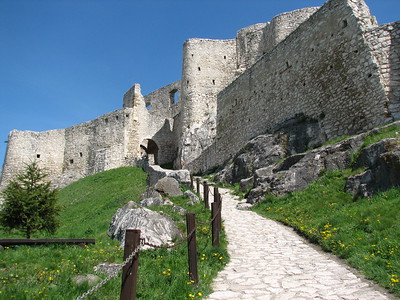
Levoča, Spišský Hrad and the Associated Cultural Monuments comprise a group of religious, military and civil buildings that have integrally survived from a medieval settlement in Eastern Europe,
Spissky Hrad (Spis Castle) dates from the early 13th century. In later centuries it has seen many additions and alterations, having both Romanesque and Gothic elements. The town of Levoca is particularly known for the polychromatic wooden masterpieces of Master Paul, which are characteristic of the Late Gothic.
Community Perspective: Spissky Hrad’s ruin can be seen from afar and is a landmark sight of Slovakia. Be aware that its interior closes between November and April. The lively town of Levoča is the other must-visit component with its 'Cage of Shame' and altar by Master Paul. Clyde also recommends the Spis Chapter House and the walking route that is part of the Slovak route to Santiago de Compostela.
Assif Germany - 01-May-05
Spissky Hrad is close to a small village named Zehra in the church of which beautiful frescoes were descovered. This church is also covered by the Unesco title. Booklets are found in English and German. As I was there (summer 2007) a lady was sitting in the church awaiting visitors. She had so much to say about the church (in English!) that we literally had to ask for permition to get out (but don't be afraid - Slovaks are extremely kind to visitors). I would definitely recommend a visit if you are at the Spissky Hrad. Another beautiful nearby town is Levoca (Leutschau) where you can admire the work of the local artist Master Paul. Don't miss the local Townhall which can also be visited from the inside.
Read OnTubbataha Reefs
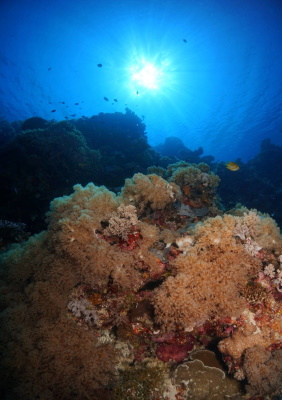
Tubbataha Reefs Natural Park covers a pristine atoll reef ecosystem with a very high diversity of marine life.
The park, comprising the Tubbataha and Jessie Beazley Reefs, lies in the remote and undisturbed Sulu Sea. It protects over 360 species of coral. Animal species that inhabit the reefs include whales, manta rays, lionfish, turtle, clownfish, spotted dolphin and sharks. It also holds important nesting sites for seabirds.
Community Perspective: this is the territory of the liveaboard dive ships; Zoë describes such an experience.
Capt. Ingvar T. Swenson Sweden - 01-May-05
The only experience I have had with Tubbataha Reef is when
I grounded there with a 6000.tons cargo ship in 1973.
The reef was very hard and tore a large hole in my ship.
We had to unload some of the cargo out there and then
proceeded to Iloilo for repairs,
Read On